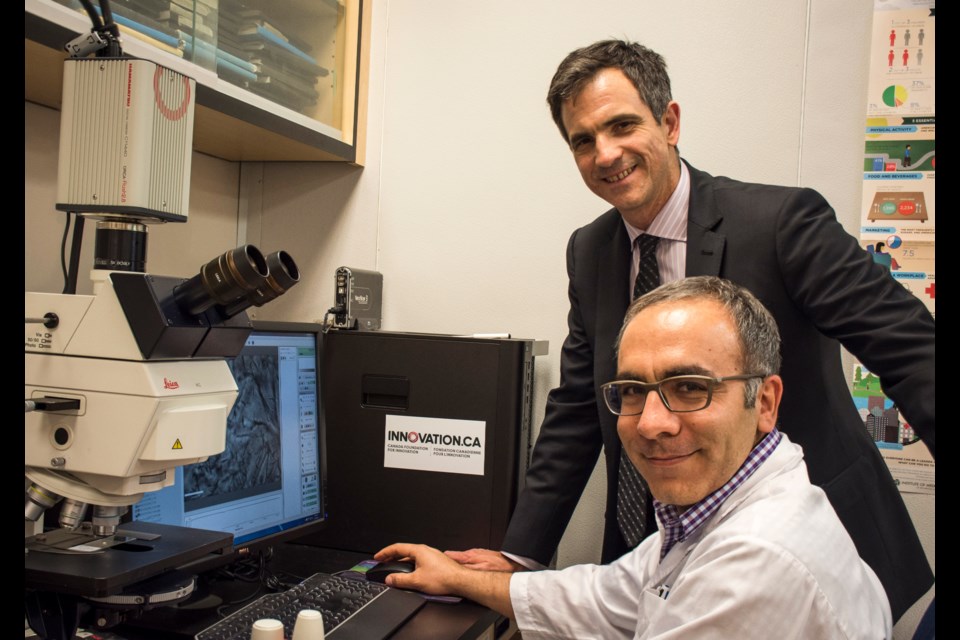As chocolate prices rise in the face of increasing scarcity and growing global demand, chocolate lovers may cheer research findings out of the University of Guelph aimed at keeping the cost down.
Alejandro Marangoni, a professor in the department of food science, believes his team has identified an ingredient that would eliminate the need for a multi-step process known as “tempering” – the repeated heating and cooling of chocolate in large machines to create the desired structure.
This could not only reduce the cost of creating chocolate, but the amount of time involved.
“You might think it’s just a piece of chocolate but there’s a lot, a lot of thought and technology behind it,” Marangoni said. “It’s of great interest to different people. From a scientific point of view, it’s super interesting and cool.”
The ingredient itself – a byproduct of extracting oil from coco seeds – was identified in a research paper published in 2021. However, in the past couple weeks, the local researchers have found a way they believe makes the process viable and scalable outside of laboratory conditions.
“There’s nothing stopping us in the next two months from being 100 per cent sure about it,” Marangoni said.
He doubts this new process will capture the attention of large-scale chocolate producers such as Nestle.
“They have too much investment in tempering equipment … they have factories full of tempering units,” Marangoni said. “The people that would benefit from this most are the medium-sized chocolatiers, the guys who buy bulk chocolate and then make their own confection.”
The real-world application of this discovery could put smiles on the faces of far more than just chocolate-lovers.
“It would be very beneficial to Canada, too, because the perfect people to do this would be the oil refiners – they have the stock to be able to make the ingredient,” Marangoni said, referring to the canola and soybean oil industries. “The guys who actually extract oil from seeds, those would be very, very good people to start producing this ingredient at larger scales.”
Though a change in process could help keep chocolate costs down, the bigger issue at play is climate change and its impact on coco trees.
“The crops are not as productive, they’re losing production, but the demand for chocolate is at an all-time high,” the researcher said, noting the cost of coco seeds has more than quadrupled in recent years. “They’ve just been skyrocketing and (people in the industry) don’t see any end to this.”
“It’s huge, so everybody is freaking out.”
The U of G researchers aren’t putting all their chocolate eggs in one basket. They’re also working on developing cocoa butter alternatives for the chocolate industry that don’t contain trans fats but have similar textures and melting points as traditional chocolate.


